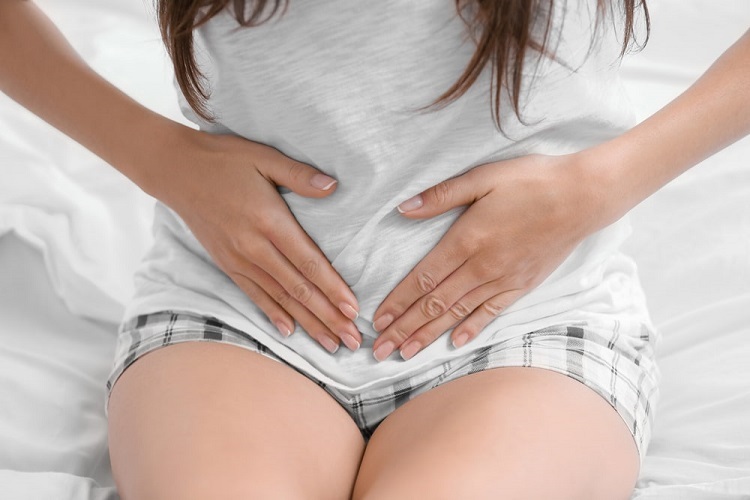What You Need to Know About Endometriosis and Its Treatment Methods
Endometriosis is a painful gynecological condition common among women of child-bearing age in the United States. Usually, the uterine walls shed with each menstrual cycle and pass out in the form of blood. However, with endometriosis, tissue similar to that which lines your uterus grows outside the uterus and may cover other reproductive organs like the fallopian tubes and ovaries. Just like how endometrial tissue thickens with each menstrual cycle, the endometrial-like tissue thickens too but lacks an exit. Most women with endometriosis experience severe pain during their menstrual cycle and other symptoms such as pain with intercourse. Fortunately, Dr. Anita Veerabhadrappa-Meiner in Boca Raton can offer treatment to reduce your symptoms and improve your quality of life.
Table of Contents
Treatment for Endometriosis
There are different treatment approaches that your doctor uses depending on the severity of your symptoms and whether you wish to become pregnant in the future or not. The first line of treatment is conservative, and your specialist may only recommend minimally invasive procedures if your symptoms fail to respond with primary treatment.
Pain-relieving Medication
Anti-inflammatory medications such as ibuprofen (Motrin IB, Advil, etc.) may be helpful during your menstrual periods to minimize cramping. Although these medicines relieve pain, they do not address the underlying condition.
Hormone Therapy
Hormone fluctuation during your menstrual cycle facilitates the thickening of the endometrial-like tissues. Hormone therapy can slow down the growth of endometrial tissue and prevent new tissue from developing. However, hormone therapy offers temporal solutions, and symptoms can resume when you stop treatment. Examples of hormone therapies your specialist may recommend include:
· Hormonal contraceptives
They include birth control methods such as patches, pills, and vaginal rings. These contraceptives control the hormones which facilitate the growth and thickening of endometrial-like tissue. You may have a lighter and shorter menstrual flow when using these hormonal contraceptives. Sometimes hormonal contraceptives offer pain-relieving effects mainly when used consistently and in a continuous cycle.
· Progestin therapy
Progestin hormone can stop menstrual periods and prevent the thickening of endometrial-like tissue as a result. There are a variety of progestin therapies, including implants, injections, intrauterine devices, and progestin pills. If you have endometriosis, progestin therapy can help relieve symptoms such as pain and heavy menstrual bleeding.
· Aromatase inhibitors
Aromatase inhibitors lower estrogen production in your body. You may need to combine aromatase inhibitors with a hormonal contraceptive to reduce endometriosis symptoms.
Conservative Surgery
Surgical procedures to remove endometrial-like tissue while preserving other reproductive organs may be an option for patients with severe symptoms but wish to get pregnant. Although surgery increases your chances for success, endometriosis can still reoccur if some tissues were left behind during surgery.
Hysterectomy
Hysterectomy is a major surgical procedure that was once considered to be most effective in endometriosis treatment. It involves the removal of the uterus and the ovaries and may be an option for patients who don’t wish to become pregnant. While the procedure can eliminate endometriosis, removal of ovaries results in menopause.
If you have symptoms such as heavy and chronic heavy bleeding, visit your doctor at MyDoc Women’s Health Specialists for diagnosis and treatment to prevent complications such as cancer and infertility.


Comments are closed.